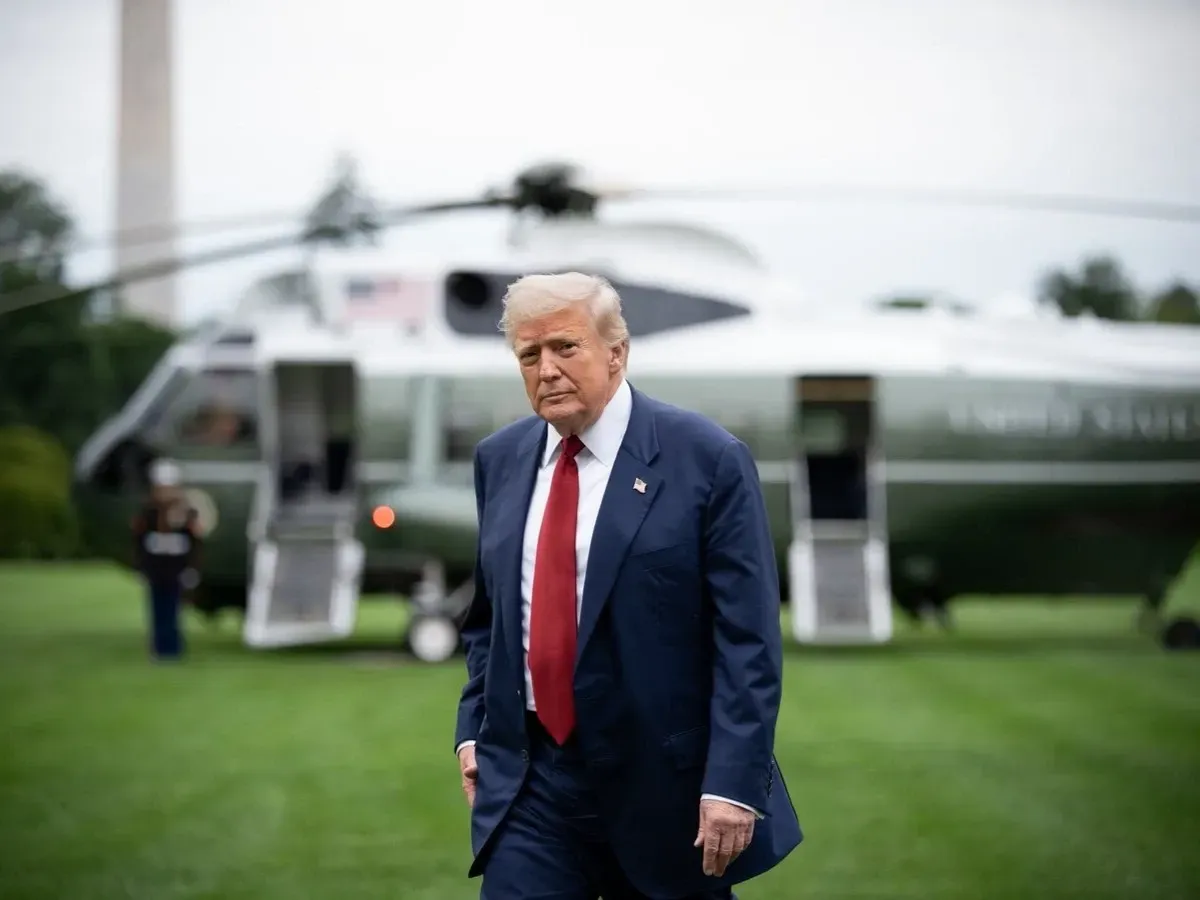Business News
US govt heads for shutdown after Senate funding bill fails; what will happen next?
.png)
3 min read | Updated on October 01, 2025, 09:20 IST
SUMMARY
The US is on the brink of a government shutdown after the Senate failed to pass emergency funding, with hundreds of thousands of federal employees facing furloughs and millions potentially impacted by halted public services.

The US is on the brink of a government shutdown after the Senate failed to pass emergency funding.
The United States lurched toward a government shutdown Tuesday night after the Senate failed to approve emergency funding, leaving hundreds of thousands of federal employees bracing for furloughs and millions of Americans wondering how public services will be affected.
The chamber voted 55-45 on a short-term measure to extend funding past midnight, falling short of the 60 votes needed to advance the legislation.
With no agreement in sight and the House of Representatives out of session, the government is now expected to halt nonessential operations beginning Wednesday.
Ahead of the vote, President Donald Trump warned he would cancel Democratic-backed programs and fire more federal workers if agencies close their doors.
“We’ll be laying off a lot of people,” he told reporters. “They’re going to be Democrats.”
Shutdowns are hardly new in Washington. Congress has allowed funding to lapse 15 times since 1981, usually for just a day or two. But this standoff could drag on.
The key sticking point is health care policy. Democrats are demanding reversal of Medicaid cuts in Trump’s sweeping budget law passed this summer, as well as an extension of Affordable Care Act subsidies to help Americans afford insurance. Republicans have rejected those demands as a nonstarter.
The White House’s Office of Management and Budget on Tuesday night instructed agencies to “execute their plans for an orderly shutdown,” signalling that preparations for mass furloughs are already underway.
What continues during a shutdown?
Under federal law, “excepted” employees who protect life and property remain on the job, though without pay until funding resumes. That includes FBI investigators, CIA officers, the military, air traffic controllers and airport security agents.
Programs funded through mandatory spending also remain largely unaffected. Social Security checks will continue, seniors on Medicare will still be able to see doctors, and veterans will keep receiving health care and benefits.
What stops?
Much else will grind to a halt. Each agency decides which staff to furlough and which programs to suspend. In Trump’s first term, the record-setting 35-day partial shutdown saw 340,000 of 800,000 federal employees sidelined. This time, the White House is threatening deeper cuts, including permanent layoffs in programs not aligned with the president’s priorities.
A memo from OMB advised agencies to consider issuing “reduction-in-force notices”, effectively eliminating some federal positions altogether, a far more aggressive step than in past shutdowns, when employees were furloughed but later returned to work with back pay.
Federal workers are guaranteed retroactive pay once operations resume, under a 2019 law. But in the meantime, they and their families may miss paychecks, adding financial strain to households across the country.
By signing up you agree to Upstox’s Terms & Conditions
About The Author
Next Story

